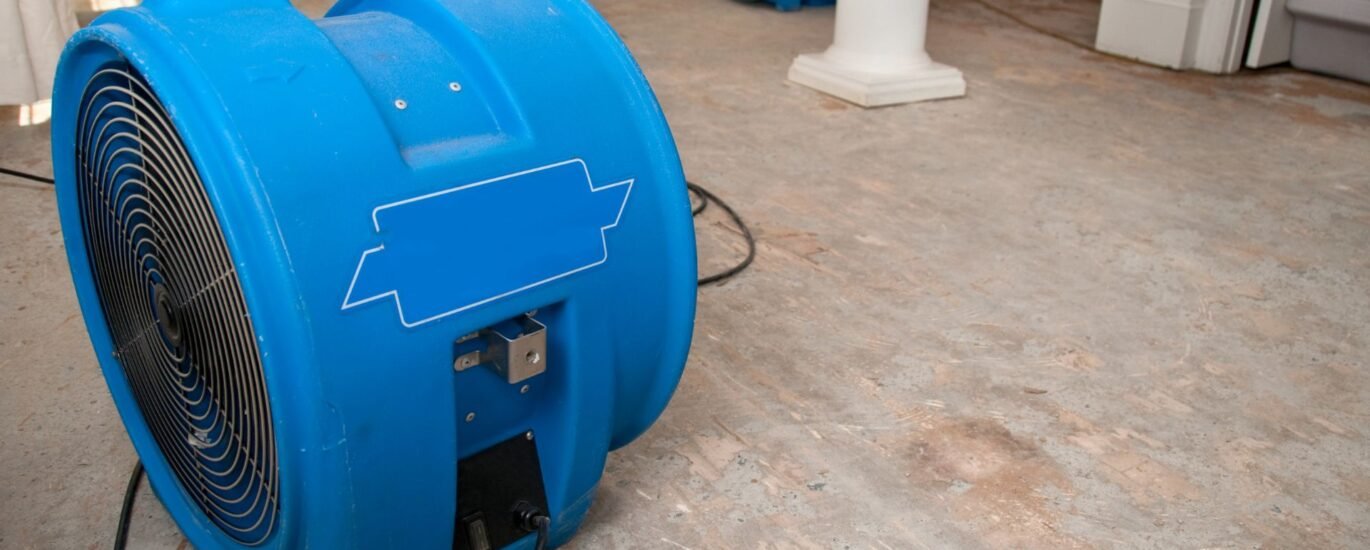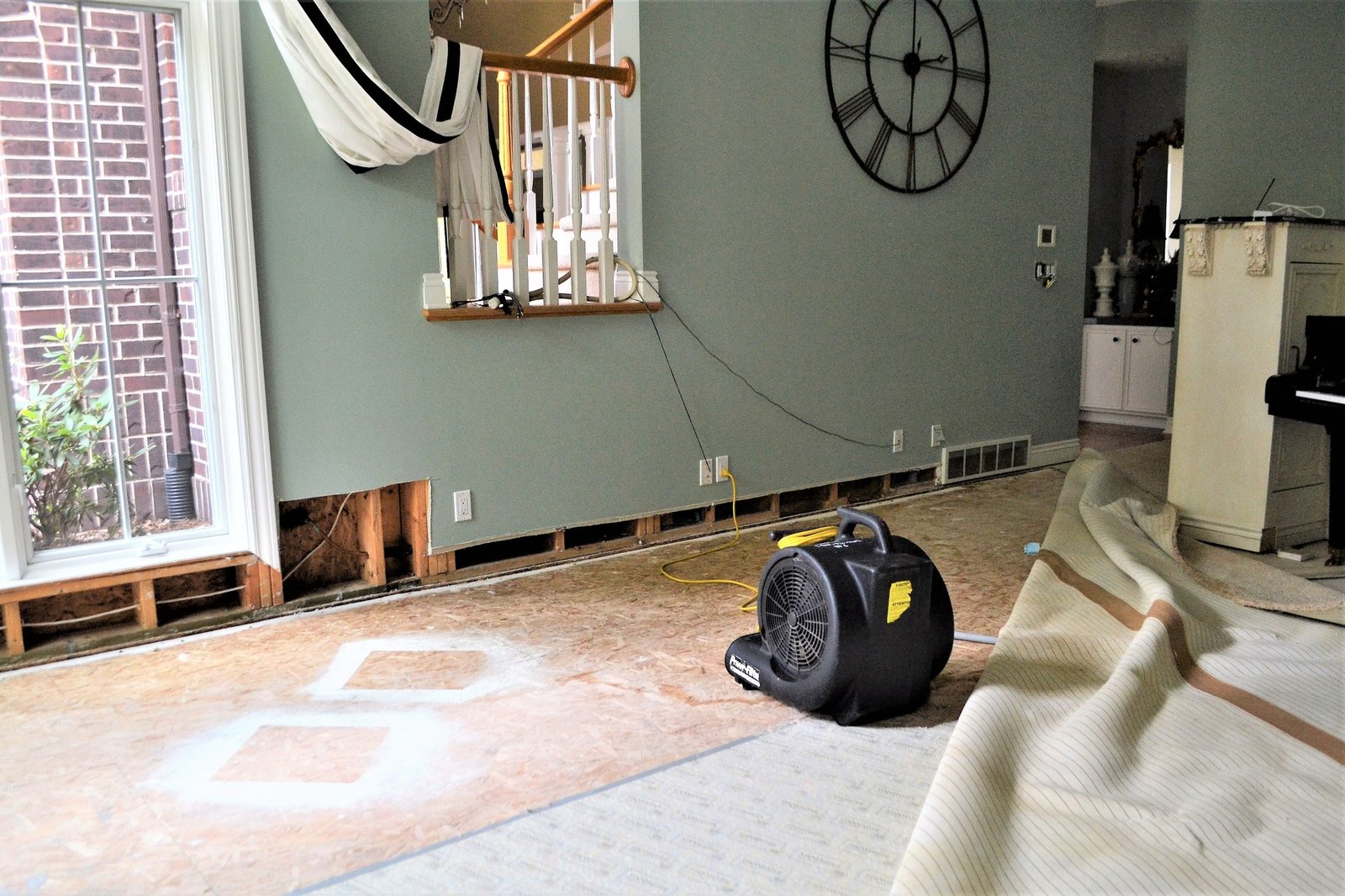Water damage isn’t just about soggy flooring—it can trigger serious health issues if left untreated. Here’s what you need to know, how risks escalate over time, and why cleaning and restoration should be thorough and timely.
Why Wet Carpets Are More Than Just an Eyesore
A damp carpet may look unpleasant, but it creates an environment ideal for:
- Mold and mildew growth
- Lengthened drying times below the surface
- Attraction of pests
These can lead to health concerns and worsening property damage.
Types of Microbes & Allergens That Develop
- Mold Species: Spores that can cause allergic reactions and respiratory problems.
- Bacteria: Especially from gray or black water sources.
- Dust Mites: Thrive in humid, padded environments.
- Odor-causing microbes: Even “clean water” can leave behind musty smells.
Physical Health Impacts
People exposed to water-damaged carpets may experience:
- Breathing difficulties, coughing, wheezing in allergy or asthma sufferers
- Skin irritation from contact with damp materials
- Sinus infections or other respiratory illnesses
- Headaches from harsh odors or chemical sanitizers
Children, elderly, and immunocompromised individuals are most vulnerable.
Environmental & Structural Health Risks
Beyond people, wet carpets can harm your property’s well-being:
- Wooden floorboards may warp or rot under padding
- Seams and carpet backing may delaminate
- Hidden moisture can undermine subfloor stability
The Role of Sanitization in Restoration
Cleaning is important, but sanitization takes it to the next level:
- Removes bacteria and pathogens, especially in gray/black water cases
- Eliminates odors, not just visible stains
- Helps prevent re-growth of mold & mildew
Professionals use specialized agents and procedures to ensure safety.
How Fast Risk Escalates
The timeline is critical:
| Time After Water Exposure | What Happens |
|---|---|
| Within hours | Surface dampness; standing water; risk of staining |
| 24-48 hours | Mold spores begin to germinate; musty smell appears |
| 2-5 days | Deeper moisture in padding/subfloor; fungal growth more robust |
| After 5 days | Higher risk of structural damage; costlier repairs needed |
What You Should Do Immediately
- Stop the water source
- Remove furniture & items
- Ensure no electrical risk
- Contact professionals who can assess contamination levels and begin safe restoration
For full details on how professionals handle water extraction, drying, and sanitizing, see our service page: Carpet Water Damage Repair and Restoration).
Preventing Health Risks in the Long Term
- Maintain humidity under ~60%
- Ventilate bathrooms, kitchens, and laundry rooms
- Keep carpets clean, especially in high-moisture zones
- Use moisture sensors or alarms near plumbing/appliances
- Regular inspections after storms or leaks
If you spot health risks rising – persistent mold smell, allergy symptoms, damp patches under carpet – contact professionals via our contact page to get help before issues worsen.





